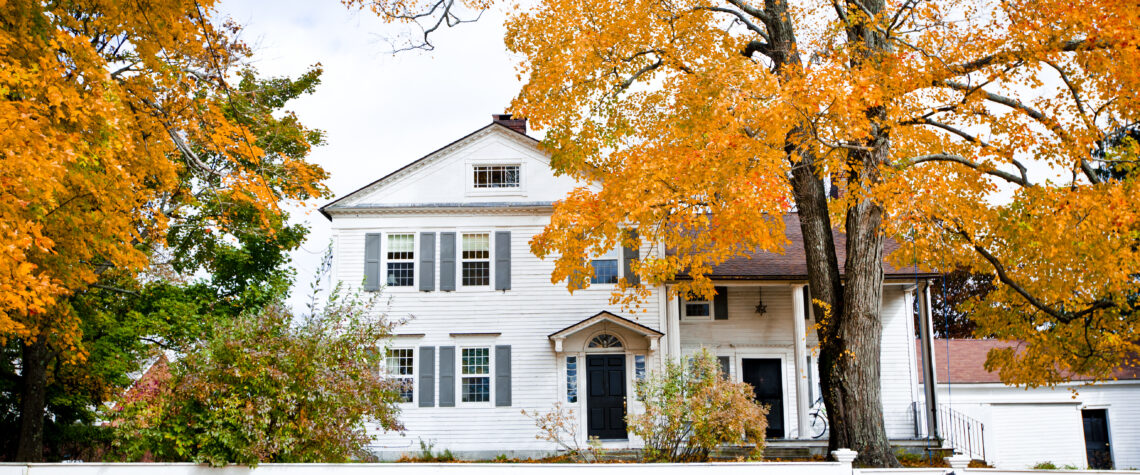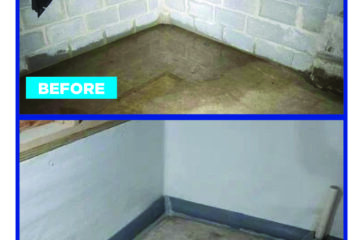Owning a home is a dream for many. Yet, beyond the visible maintenance issues—like cracked foundations or chipped paint—there are often invisible dangers that can quietly escalate into significant problems if ignored. These subtle but critical factors can “haunt” your home, leading to costly repairs or even health hazards down the line. Let’s uncover the hidden signs that may be affecting your home in unexpected ways.
1. Poor Ventilation
Though it’s not something you can see, poor ventilation will definitely make its presence felt. Stuffy air, condensation on windows, and persistent odors are all signals that your home isn’t properly ventilated. This can lead to mold growth, trapped moisture, and structural damage over time. Additionally, poor air quality can impact your health, potentially triggering allergies and respiratory problems.
How to Spot It: Watch for stale air, windows that frequently fog up, or overly humid rooms, especially in bathrooms and basements.
2. Hidden Water Leaks
Major leaks often leave visible damage, but minor leaks can sneak under the radar, causing damage over months or even years. Hidden leaks from pipes, roofs, or appliances can promote mold, mildew, wood rot, and even foundation damage. Water can seep into unseen areas like crawl spaces or basements, compromising the home’s structure gradually.
How to Spot It: Be alert to musty smells, slight discoloration on walls or ceilings, or sudden spikes in your water bill.
3. Unseen Electrical Issues
Faulty wiring and overloaded circuits are silent dangers. Though they may not show visible signs at first, these issues can cause flickering lights, buzzing sounds, and even unexpected power outages. Even worse, they pose a serious fire risk if left unaddressed. Older homes are especially vulnerable to outdated wiring systems that aren’t built to handle modern power needs.
How to Spot It: Look for lights that dim or flicker, outlets that feel warm to the touch, or frequent breaker trips.
4. Subtle Foundation Shifts
Foundation problems may develop subtly. Even slight movements in the soil beneath your home can lead to uneven floors, wall cracks, and doors that don’t close properly. Ignoring foundation issues can lead to costly repairs and threaten the stability of your home.
How to Spot It: Check for small cracks around windows and door frames, doors that stick, or gaps between floors and baseboards.
5. Pest Infestations
Pests like termites and rodents can cause extensive, invisible damage, harming your home’s structure, insulation, and even electrical wiring. Termite damage, in particular, often goes unnoticed until the infestation has become severe.
How to Spot It: Signs include droppings, chewed wiring, hollow-sounding wood when tapped, or scratching sounds in the walls or attic.
6. Radon and Other Invisible Gases
Radon, a colorless, odorless radioactive gas, can seep into your home through cracks in the foundation. Long-term exposure to radon is a significant health risk, being the second leading cause of lung cancer in the U.S. Carbon monoxide is another invisible gas that can accumulate in poorly ventilated areas, posing serious health threats.
How to Spot It: Regular radon and carbon monoxide testing is essential, as these gases are undetectable without special equipment.
7. High Humidity Levels
Humidity levels that are either too high or too low can cause a range of problems. Excessive moisture can lead to mold and mildew, while low humidity can cause wood to crack and paint to peel. High humidity, in particular, can make your home uncomfortable and trigger allergies or asthma.
How to Spot It: Use a hygrometer to monitor indoor humidity. Ideally, it should be below 55 percent. Look for window condensation and persistent dampness as signs of high humidity.
8. Old Insulation
Insulation might not show visible signs of wear, but as it ages, it can lose its effectiveness. This can lead to higher energy bills as your home struggles to retain heat. Additionally, old insulation can trap dust, allergens, and even pests.
How to Spot It: Signs of old insulation include sudden energy cost increases, noticeable temperature differences between rooms, and drafts near doors and windows.
Hannah Moulton, Content Marketing Specialist – Frontier Foundation and Crawl Space Repair – www.trustfrontier.com














